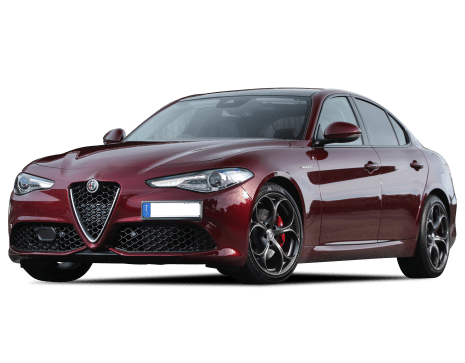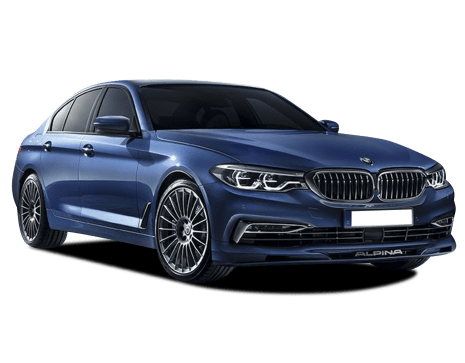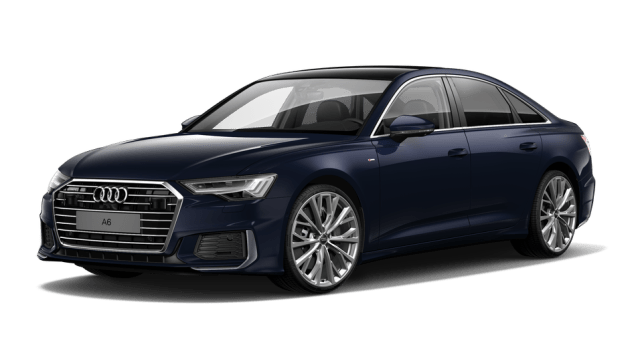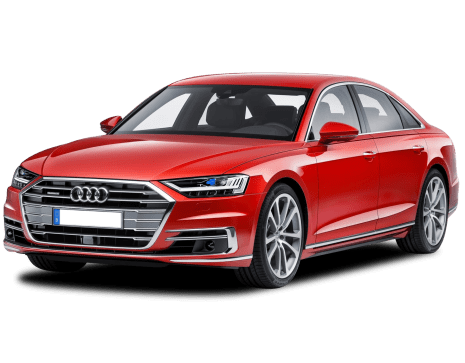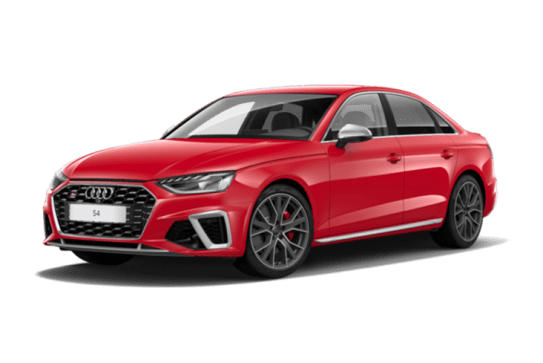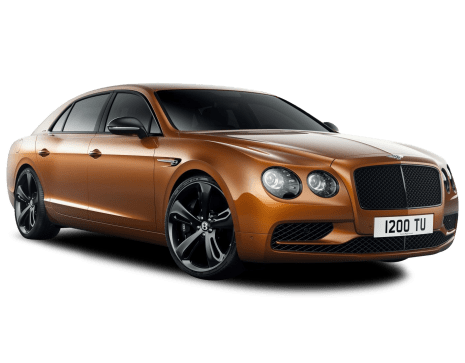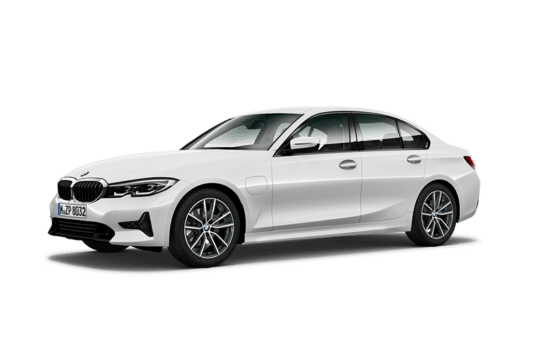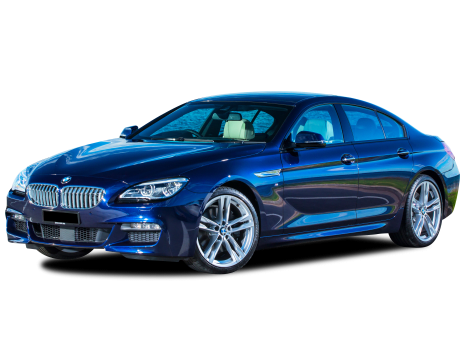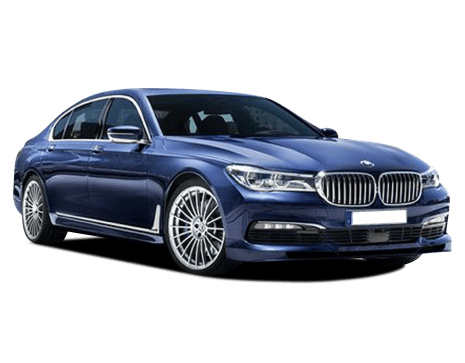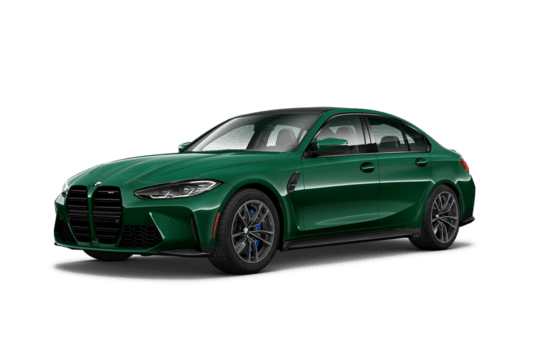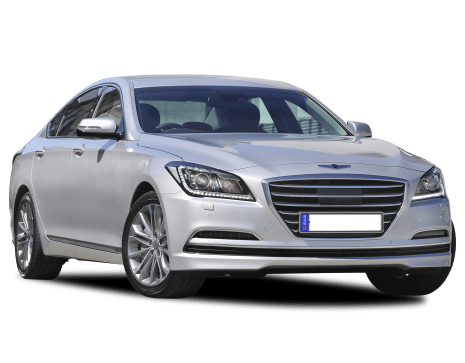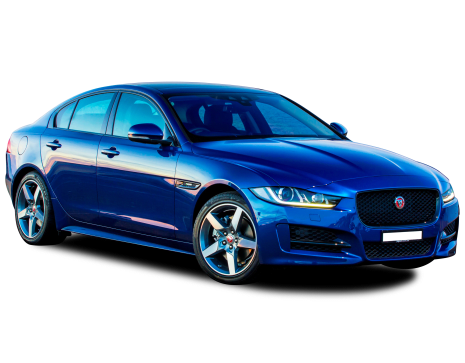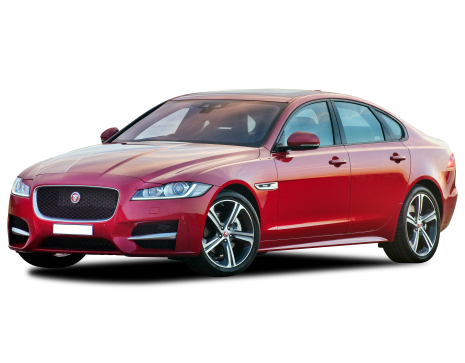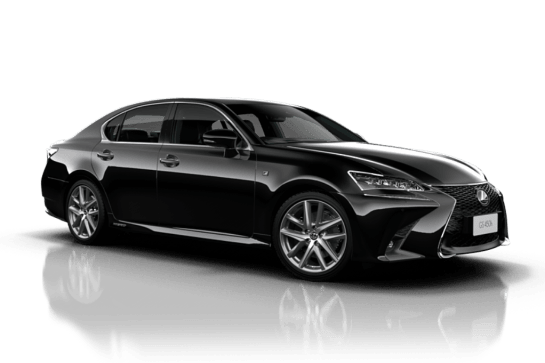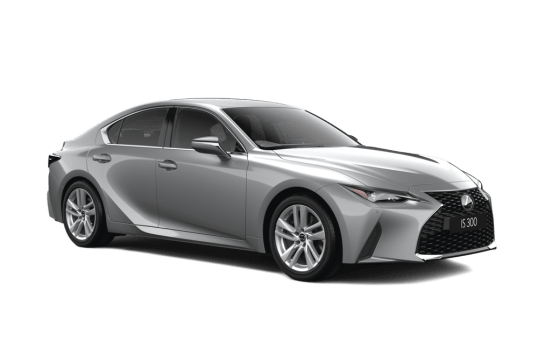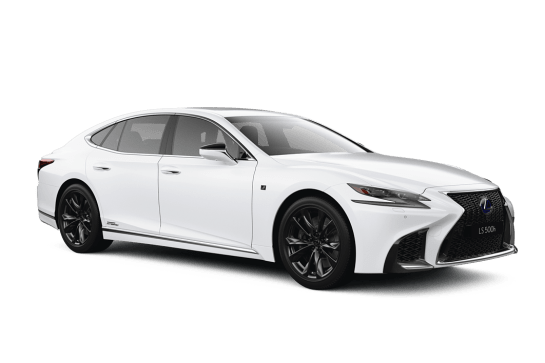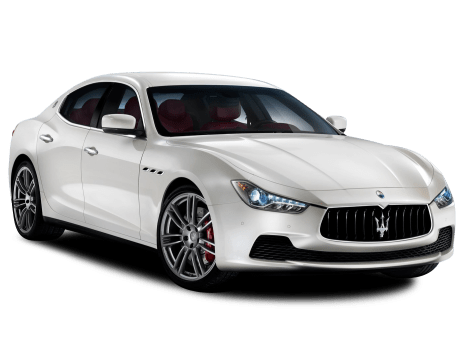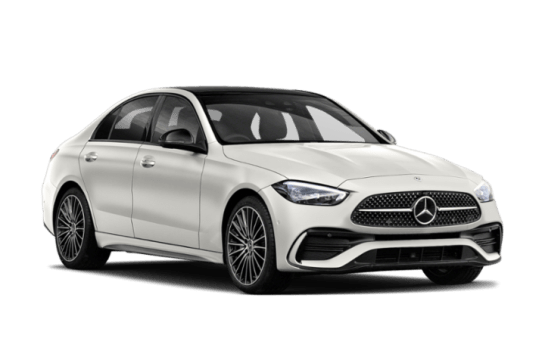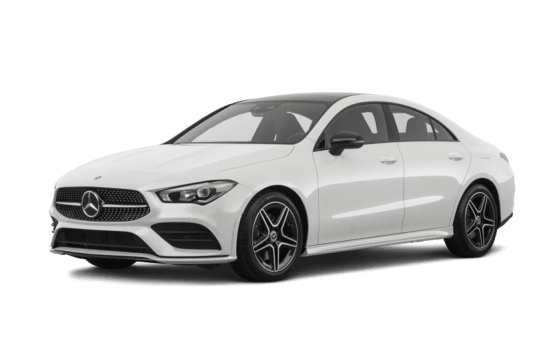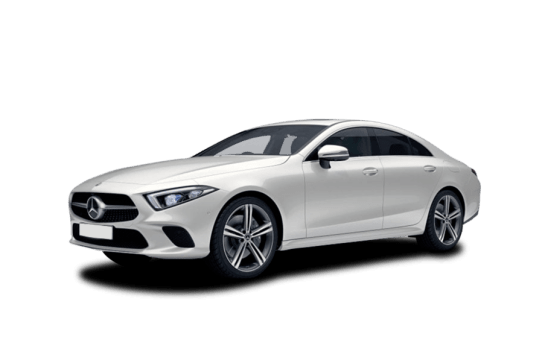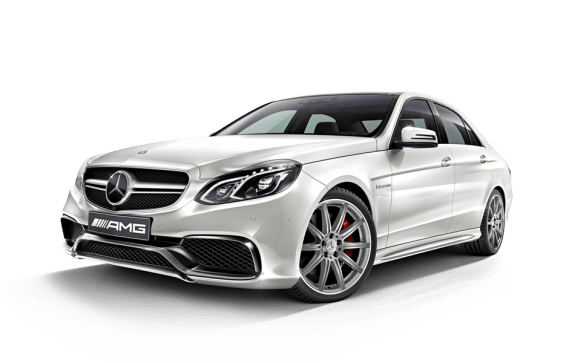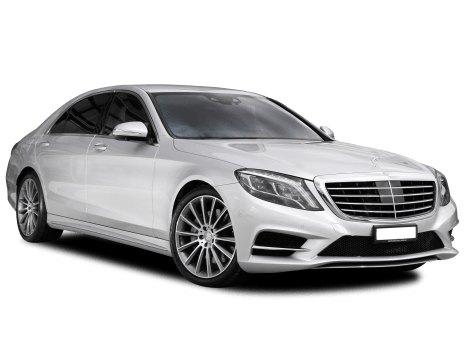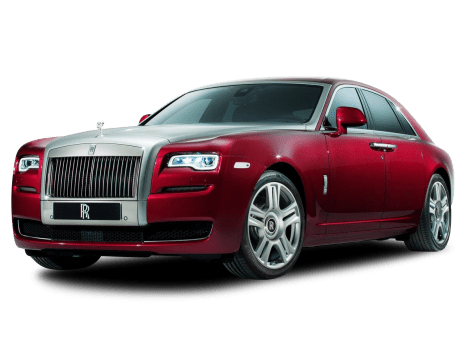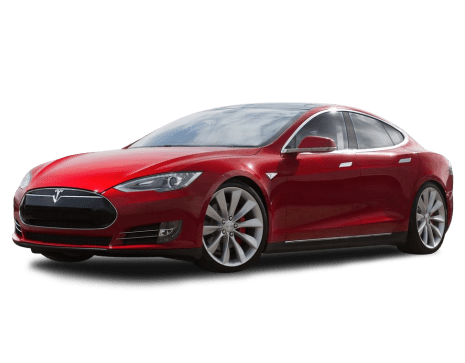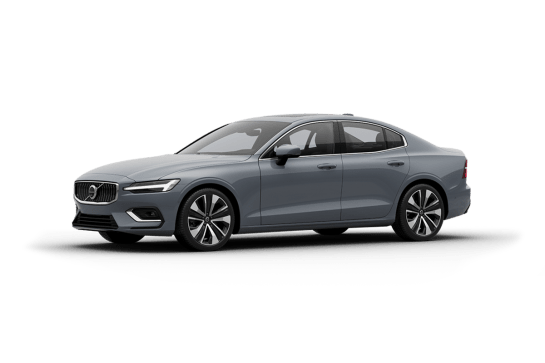
BMW 7 series VS Lexus IS
BMW 7 series
Likes
- Genuinely impressive rear passenger comforts
- EV drivetrain is smooth and flexible
- Magnificently quiet cabin
Dislikes
- Backwards step in tech ease of use
- Doesn’t feel quite $300K from the driver's seat
- Design will be divisive
Lexus IS
Likes
- Sleek and efficient hybrid drive
- Graceful ride
- Spec improvements
Dislikes
- Slow
- Busy interior design
- Fiddly and over-complicated software
Summary
BMW 7 series
The BMW 7 Series is Munich’s flagship, the car that fans of the blue and white roundel respect as peak plush motoring.
Now, for the seventh 7 Series, BMW has brought electric power to the table in the form of the i7 in order to stay ahead of the curve.
It’s still joined by a petrol-powered variant here in Australia, the 740i, which is a mild hybrid and shares a lot of the luxury specifications of the i7 - including a properly impressive rear seat theatre screen.
But is it forward-thinking enough to fend off the likes of the Mercedes EQS?
Read more about
- Tesla Model S-fighting 2023 BMW i7 electric car and Mercedes-Benz S-Class-rivalling 740i pricing and features revealed!
- 'There is a BMW for every Australian': From 1 Series to 8 Series, and X1 to X7, how much choice is too much?
- About time! BMW extends general warranty at long last on BMW, Mini and BMW Motorrad motorcycles in Australia
| Safety rating | |
|---|---|
| Engine Type | 3.0L turbo |
| Fuel Type | Hybrid with Premium Unleaded |
| Fuel Efficiency | 7.9L/100km |
| Seating | 5 seats |
Lexus IS
One question frequently discussed in the skunkworks of the CarsGuide office is: What exactly does Lexus stand for?
When the brand debuted its original export-market IS sedan in 1999 the messaging was more or less clear: Toyota’s premium sub-brand was here to be a Japanese BMW.
The brand even employed Nobuaki Katayama – chief engineer on the iconic Corolla AE86 program – to again take the reins of its small rear-wheel drive sedan program.
As the years went on though, Lexus changed. Fundamentally geared toward the US market, the second-generation (wild IS F aside) became a bit more sedate and softer around the edges, while the third generation strayed even further from the sedan’s performance-inspired roots, leaning into a plush interior, hybrid drive, and even CVT transmissions.
This brings us to today’s Lexus IS. Essentially a heavy facelift of the third generation (which arrived back in 2013), the brand has “reimagined” its core sedan with a tweaked design and updated technology for 2021.
Is it enough to keep it relevant against its ever-present European rivals and the newly arrived threat from Hyundai’s Genesis G70? I took a signature IS300h hybrid for a week to find out.
| Safety rating | |
|---|---|
| Engine Type | 2.5L |
| Fuel Type | — |
| Fuel Efficiency | 4.9L/100km |
| Seating | 5 seats |
Verdict
BMW 7 series8.1/10
While the new 7 Series won’t visually appeal to everyone, nor is it at the forefront of spirited driving dynamics, it’s hard to argue that it isn’t fit for purpose.
Its rear theatre screen and lounge layout might seem gimmicky at first, but it’s difficult to think of a more comfortable way to be transported on wheels short of putting a chassis under your loungeroom. Even then, you’d have to ask someone for a massage.
This is one of those cases where a car becoming larger isn’t such a bad thing, and BMW should feel like it’s achieved, seemingly, what it set out to do in building an electric limousine that doesn’t fall short in range or dynamics.
If BMW can bring this level of refinement down to its more affordable models, its electric future is looking promising.
Note: CarsGuide attended this event as a guest of the manufacturer, with meals provided.
Lexus IS7.6/10
Smooth, cosy, quiet, the IS looks and feels better than ever, but without a doubt this hybrid version is a car best suited to cruising the dense metropolis of Chiba at midnight more than it is carving up a bunch of S-bends in the Australian countryside on the weekend.
While that might still limit its appeal for fans of German sports luxury sedans and place it further from the original IS’s ambitions, it does offer an intriguing efficiency and luxury focused alternative, without the compromises brought by rivals with more sporting intent. In a way then, the IS 300h perhaps inadvertently best embodies what Lexus is as a brand.
Design
BMW 7 series7/10
BMW freely calls the new 7 Series “monolithic” in its press material, and it’s hard to argue. The seventh-generation of its luxo limo is bigger in every dimension, and with a higher bonnet and bootlid, the car is convincingly imposing even when parked. Even more so in black.
From the front, the 7 Series clearly has a new face compared to its predecessor, with split headlights now an indicator of BMW’s luxury oriented models - the incoming XM SUV features the same.
Its LED daytime running lights feature Swarovski crystals, while the grille surround illuminates while the vehicle is parked and on. It’s currently unable to be illuminated while driving to comply with Australia’s laws.
It’s perhaps less elegant and more aggressive than previous generations, but that doesn’t mean there won’t be those who approve. It’s certainly emotive, especially when compared to the side and rear of the car.
The side profile of the 7 requires quite a few steps back from the car to really take in - it’s almost 5.4 metres long - though it's hard to hide the size of a car that allows its rear passengers to almost lay down.
From the rear, the 7 Series is probably at its most uninspiring, which is a reverse from the interior where the front feels more minimalistic than some of its rivals like the Mercedes-Benz S-Class.
BMW has used crystalline geometric shapes throughout the cabin, and the front ‘interaction bar’ is perhaps the best example.
In keeping with the minimalism, its screen sits in an almost freestanding style out from the dash, with no physical buttons seen around it.
Lexus IS
Look closely and quite a lot has changed. This is really a story of doing a facelift right. Lexus has kept all the great-looking bits of the car that launched in 2013, like its striking side profile and angular accents, while dumping most of its least popular elements like the spidery front light-clusters and busy front splitter, in favour of something more refined and conservative.
It even adds some new flair in the rear three-quarter, with dramatic LED light-clusters working their way into a trendy highlight strip across the boot lid.
These changes all add up for a much tougher, sportier, and nuanced design compared to the outgoing car. One that manages to make an eight-year old design look as contemporary as ever.
I even liked our test car in its plain black shade, although I'm less sure about those conservative-to-a-fault, almost Camry-esque alloy wheels.
On the inside, sadly not a whole lot has changed. The busy design looked dated when this generation of IS launched in 2013, and it still looks dated now.
The visual assault of buttons, toggles, displays, textures, and trims is a lot to take in, and makes the cabin feel smaller than it is.
It probably didn’t help the sensory overload of this car’s interior as I hopped out of the stripped-back interior in the Tesla Model 3 I had the week before.
My less-than-impressed brother, a student of design, described the IS’s interior best when he told me “It’s a bit maximalist, don’t you think?”
If nothing else, at least Lexus hasn’t blatantly imitated anyone else when it comes to its interior, but the brand remains firm on dorky design items like the laptop touchpad, redundant drive-select dial, and odd vacant panels under the climate unit which do it no favours.
A welcome upgrade for the 2021 model year is the new media screen, a highlight piece perched atop the dash. It’s bright, has excellent contrast, and doesn’t seem to fall victim to glare.
The Apple CarPlay support I used was seamless and sharp and made the most of the available real-estate in its widescreen layout.
I somehow didn’t mind that the instrument cluster in this base car is analog. It almost suits the IS’s character better than a digital set-up would. Also offered is a small information display between the dials which I used for monitoring the hybrid drive.
A final note on the IS’s design. The fit and finish is quality, inside and out. It leaves you with an impression that this is an immaculately built vehicle, one that should be a must for all luxury cars, and always a strong point for Lexus.
Practicality
BMW 7 series9/10
If the word ‘practicality’ brings to mind simplicity, the 7 Series might require you to have a bit of a mental reset. If it means plenty of space and a long list of elements to keep you comfortable, you’d be closer to the money.
While it’s visually restrained in some ways, the space accessible to the driver is thought out reasonably well, as you’d expect from a car costing more than a quarter-million.
The front seats certainly aren’t the main event, but the Merino leather and cashmere wool combination seats are far from uncomfortable, with the heating, cooling, and massage functions accessible from the central multimedia screen.
The controls for those, as well as functions like the climate control, are easily accessible, though could probably be even easier with a physical climate control panel.
Controls for the individual vents, and even the glovebox are found along the BMW interaction bar, which can (frustratingly) reflect light thanks to its crystalline design, meaning it’s hard to see while driving on a sunny day.
Similarly, while the centre console where the main control dial for BMW’s 'iDrive' isn’t far removed from previous versions, it’s less tactile and requires a look sometimes to see what’s being pressed. Here, too, sunlight can reflect (this time off the dial) and make it more distracting.
Fortunately, the steering wheel controls remain physical buttons, and they’re laid out in a way that previous BMW owners or drivers will find familiar.
The 7 Series also now leans more heavily on voice activation, so if the lack of physical climate controls or the multimedia screen is a little distracting, much can be achieved by actually asking the car with a “hey, BMW… ”.
There’s a large storage unit in the centre console, as well as two cupholders and a phone charging platform in front of the multimedia controls.
The rear seats, especially the one behind the front passenger, are where the 7 Series begins to feel its worth. If you’re buying one with the intention of being the driver 100 per cent of the time, you’re missing a trick.
The ability for the front passenger seat to shift forward and maximise legroom while the rear seat reclines into a lounge position is nothing new, limousine sedans have been able to do this for years, but the 7 Series takes it to another level.
Not only is there plenty of space for even the tallest of humans to stretch out, but the positioning and angle of the huge 31.3-inch theatre screen is great, even if it impedes the driver’s rear view, and the ability to use it as a touchscreen for some functions means less need for the handy but sometimes fiddly door-mounted control screen.
If you plan on playing games, the controls (and the fact you’re likely in a moving car) can make it a little difficult, but the small control panel is overall easy to use and well-placed.
The cushioned armrest that folds down in place of a middle passenger is comfortable, features a phone charging pad and pop-out cupholders, as well as a storage space under the armrest.
Finally, the boot space in the BMW 7 Series is far from small, with the electric i7 offering 500 litres (VDA) of space, while the 740i boasts 540 litres thanks to its lack of battery.
Lexus IS
Well, the IS is a sedan, so it doesn’t quite have that high-riding appeal of an SUV, and for this update it has even leaned further into its low-slung proportions with a roofline that descends a further 15mm and a boot lid which is 31mm lower overall.
As with the previous car, the interior is quite closed-in thanks to that busy dash design and large centre console. Rather than feeling claustrophobic though, it is best described as cosy, with lots of plush finishes throughout the doors and centre stack befitting a luxury nameplate.
Adjustability is great for the front two occupants and there are two large bottle holders between the seats, a large but shallow console box under the armrest, bottle holders with adjoining bins in the doors, and a smallish glove box.
That’s about where storage ends though, with no extra trays or bins in front of the oddly placed shifter, just an awkwardly finished plastic panel where it feels like a little tray or storage cutaway should be.
The touchpad for operating the media screen joins an unnecessary drive-select cluster in eating up centre console space where there could be more storage.
The rear seat is quite limited on space despite being lavishly trimmed. I fit behind my own (182cm/6'0") driving position with little knee or headroom to spare.
Again, it’s cosy and very comfortable, but if you're taller or wider than me you may run into issues.
The centre rear seat is all but useless for adults, with the IS’s rear-drive architecture necessitating a huge transmission tunnel that almost comes as high as the seat base itself.
Storage is limited to pockets on the back of the front seats, small bins in the doors that double as handholds, and a drop-down armrest with two bottle holders.
There are no power outlets for rear passengers, but there are dual adjustable air vents.
Boot space is 450L which is a little small for the class. It’s impressive the hybrid only managed to lose 30 litres compared to petrol-only IS variants, though, so best to count your blessings.
The largest CarsGuide travel case easily fit in the wide but short available space.
Price and features
BMW 7 series8/10
Given we’re in the realm of models where the price difference between two variants could pay for an entire new city car, what value means shifts a little bit.
The BMW 7 Series comes in two variants for the seventh generation, starting at $268,900 for the petrol-powered 740i, and $297,900 for the electric i7.
Previously, it was possible to get into the BMW 740i for $198,900 after BMW lowered the price of the sixth generation car.
However, the new 7 Series is larger and has more packed into it, with both variants highly specified and mostly differing in price due to their drivetrains and some more minor creature comforts.
The 740i starts with an already impressive list of standard features, with 20-inch M alloy wheels, remote start, a tyre pressure monitor, rear-wheel steering, 'crystal' headlights and an illuminated grille surround, a panoramic glass roof, heated seats and a massage seat for the driver with Merino leather, a 20-speaker Bowers & Wilkins sound system, as well the option to select the M Sport or M Sport Pro pack at no extra cost.
The more expensive i7 xDrive60 gains, on top of that, 21-inch wheels, active roll stabilisation, automatic opening and closing doors, multifunction seats with heating, cooling, and massage in the rear, plus a 39-speaker sound system and the impressive 31.3-inch theatre screen.
The i7 also comes with a BMW third-gen wallbox, home and public charging cables, and a five-year ChargeFox subscription. It also gains a six-year service package over the five included with the 740i.
If the i7’s extra features are tempting, but its drivetrain isn’t, 740i buyers can opt for a 'Connoisseur Lounge' pack for $27,900 which adds the auto doors, multifunction seats, rear theatre screen, and a 40-speaker sound system.
Lexus IS
To be precise the variant we’re looking at here is the IS 300h Luxury. It’s the base IS trim with the hybrid powertrain and it wears a before on-road costs (MSRP) of $64,500.
Base car or not, the new IS is very well specified. Now standard are 18-inch alloys (up from 17s), full LED headlight clusters, eight-way power adjustable front seats, dual-zone climate control, 10-speaker audio system, and importantly a brilliant new 10.3-inch multimedia screen with widescreen Apple CarPlay, Android Auto, built-in navigation, and DAB+ digital radio support.
Keyless entry and push-start ignition also continue to be offered, as well as a leather-look interior trim which in our car was in a rather contrasting 'Ochre' colour option.
Our IS 300h was also fitted with the creatively named ‘Enhancement Pack 1’ which adds an openable moonroof for $2000. The significantly more expensive ‘Enhancement Pack 2’ ($5500) adds the moonroof alongside 19-inch alloys, upgraded LED headlights, interior ornamentation, scuff plates, a panoramic reversing camera, 17-speaker premium audio, ‘leather-accented’ interior trim, ventilated front seats, and an electric rear sunshade.
These packs are seemingly largely unnecessary but are also very cheap for a brand at the premium end of the market.
Lexus has made pretty much all of its high-end active safety equipment standard on this base ‘Luxury’ for 2021, alongside some previously unavailable tech which we’ll take a look at in the safety section of this review.
At this price the Lexus IS 300h goes into battle against the Mercedes-Benz C 200 ($66,900), BMW 320i ($70,900), Audi A4 35 TFSI ($55,900), and the ever-looming threat of Hyundai’s Genesis, which offers its similarly-sized G70 in base form at $59,300.
Some of these base-spec rivals are cheaper, some are more expensive, but did you notice none of them are hybrids?
Access to Toyota’s affordable and popular hybrid drive is a real point of difference for the Lexus brand, and we expect it’s a key drawcard for the loyal customer base. More on that later.
Under the bonnet
BMW 7 series9/10
The BMW 740i is powered by a 3.0-litre turbocharged in-line six-cylinder petrol engine, as is the way with many of BMW’s larger cars. It’s also a mild hybrid, incorporating a 48-volt electric starter/motor combination.
The 740i makes 280kW between 5200-6250rpm, and 520Nm between 1850-5000rpm, which is transferred to the rear wheels via an eight-speed automatic transmission.
The electric i7 xDrive60 is the flagship model, with its dual-motor all-wheel drive powertrain good for 400kW and 745Nm, allowing for a claimed 0-100km/h time of 4.7 seconds - 0.7s faster than the 740i.
Lexus IS
The IS 300h does stand out from the luxury sedan crowd by offering a hybrid drivetrain at a reasonable price. Some rivals offer plug-in options further up the price scale cementing them as a niche option, but the beauty of this Lexus is its very mild $3000 price jump over the base petrol car.
The base car’s 2.0-litre turbo is dumped in favour of a 2.5-litre non-turbo Atkinson-cycle four-cylinder hybrid set-up similar to the one proving popular in the Toyota Camry and RAV4.
The petrol engine produces 133kW/221Nm on its own, and the electric motor produces 105kW/300Nm. Toyota says the “combined system output” of this is 164kW.
Either way, that's less than the base 2.0 turbo. The 300h also swaps out an eight-speed torque converter automatic in favour of a continuously variable transmission. Rare in a rear-wheel drive car.
Efficiency
BMW 7 series8/10
BMW Australia hasn’t yet specified local figures for fuel consumption or energy efficiency for either variant of the 7 Series at the time of our review, but the international specifications for both i7 xDrive60 and 740i give a relatively accurate guide.
BMW claims the electric i7 has a power consumption of between 19.6 and 18.4kWh/100km, which means its 101.7kWh battery allows a range of between 591 and 625km according to the brand.
It’s claimed to charge from 10 per cent to full in less than 5.5 hours with a 22kW AC wallbox, or in 34 minutes to reach 80 per cent using DC fast charging at 195kW.
The petrol powered 740i will use between 7.0 and 8.0 litres per 100km, according to BMW, which equates to between 183 and 159g/km of CO2.
Lexus IS
As you might hope this hybrid IS has an astoundingly low official/combined fuel consumption rating of 5.1L/100km.
I was pleased to find that after a week of mainly urban driving conditions, our IS was returning a figure of 6.9L/100km. Not bad at all, especially for a class where fuel consumption can get a little out of hand with turbocharged engines or V6s.
Of course, using the hybrid system to your advantage over the long term will get this number much lower, as I discovered on my long-term test of the Toyota Corolla hybrid which essentially uses a smaller version of the same system.
Certainly, if fuel consumption is a high concern, you’re better off with this car than the top-spec V6 (IS 350) which will easily see consumption enter double digits.
Lexus recommends a minimum RON rating of 95 for the IS 300h, and the fuel tank is 66 litres regardless of variant, giving the hybrid an impressive theoretical range of around 1000km.
Driving
BMW 7 series8/10
BMW hopes for two things for the new 7 Series: one, that it’s the best car to be driven in, and two, that it’s the best car to drive.
While one of those things could be argued to be true, we suspect there are some engineers in BMW’s M department who would be frustrated at the thought of a more-than 2.6-tonne limo being called better to drive than a car half that size with a manual gearbox.
But, perhaps unsurprisingly, the BMW 7 Series is rather refined from the driver’s seat, especially on roads where the speed limit is high and the corners are long.
The two variants Australia has available, the i7 xDrive60 and the 740i, differ in their drivetrains as mentioned above, and the dynamics of each are slightly different.
The all-wheel drive electric i7, despite its extra heft (the 740i is almost 600kg lighter) the EV feels more nimble thanks to its immediate torque delivery and higher outputs give it more flexibility in dynamic driving.
The lower centre of gravity, even with the extra weight, helps the electric i7 hold its own against the turbo six-powered 740i.
Both variants come standard with BMW’s rear-wheel steer system, or ‘Integral Active Steering’, which is vital to providing the agility needed for keeping the 7 Series in shape on tight roads, where it tightens the turning circle below 60km/h, though its 3215mm wheelbase does a lot to keep it feeling stable.
Above 60km/h, the rear-wheel steering improves stability further by turning slightly with the front wheels as opposed to against them, allowing for smoother flowing cornering and highway lane changes.
In either case, the 7 Series is easy to drive, with the steering able to be set to Comfort regardless of the drivetrain’s intensity (Sport and Comfort are the only options), which leaves the wheel feeling lighter.
The ride, whether from the front or the back, is impressive, even when being chauffeured through rough backroads.
The 7 Series, despite not being engineered specifically for Australia’s sometimes shockingly pockmarked roads, manages to soak up impacts before they transfer from the tyre into the seats, and that goes for the sound and road noise, too.
Unfortunately, our launch test drive was hampered by some roadworks out of BMW’s control, so stay tuned for a more in-depth drive soon.
Lexus IS
There is no doubt the IS 300h is capable. You can feel it through the car’s solid rear-drive underpinnings, silky smooth steering, and reactive chassis.
What this car doesn’t offer is excitement in quite the same sense as many of its rivals. That’s down to this hybrid’s drivetrain. It just doesn’t have that powerful follow-through in the same way turbocharged BMWs or Audis or Mercedes do.
If it’s that 'sports luxury' experience you’re seeking better off looking to the base 2.0-litre turbo or the V6 and their eight-speed automatics.
The 300h does offer something a bit different. The gentle refined efficiency of Toyota’s signature hybrid system in a luxury rear-drive package that’s smaller than this car’s ES bigger brother.
While it may feel capable thanks to the lighter suspension components and altered track that the brand has committed to for this update, the hybrid drive matches this car’s softer character brought about by its gentle suspension tune and light steering.
This is an easy car to drive around a city, it filters out bumps nicely, while offering near silence in the cabin and breezy steering for every day scenarios like manoeuvring in tight parking lots.
The CVT auto and instantaneous torque available from the electric motor make it best at traffic speeds, being both reactive and predictable, with silent acceleration when inching forward at the lights or cruising along at 50km/h.
As you might expect though, the wheezy Atkinson cycle engine and CVT conspire for a noisy and less than engaging experience under heavy acceleration.
It’s not as though you’re rewarded with particular vigour either, with this combination being a bit sluggish when a lot is asked of it.
It loses its reactivity and refinement at higher speeds or in the corners on country roads as the transmission elastically tries to keep up with the demands of the driver.
Still, few luxury sedans are quite as purpose-built for the toils of a city, and if you want to get drawn into this car’s hybrid drive antics, it’s easy to make a game out of saving fuel by trying to rely on its low-speed electric motor capability.
Really then, it leans into its urban luxury appeal. A luxury sedan for the streets of Tokyo. An ideal car in this class for the urban environment.
If you don’t care for the thrill of a turbocharger or frequently seek to explore the twists of your nearest B-road, you could do worse than the comfort and ambiance the 300h offers.
Safety
BMW 7 series9/10
The new BMW 7 Series hasn’t been crash tested by ANCAP, nor does it seem likely it will be, given the small number that are likely to be sold here.
But the car itself isn’t short on safety features, and BMW has a good recent history of scoring the maximum five stars for its cars.
The 7 Series features front and side airbags for driver and front passenger, curtain airbags for both front and rear seats, crash sensors, and a tyre pressure indicator.
Of course, the standards like active cruise, AEB, and sensors for collision warnings are all standard, plus BMW also offers active roll stabilisation as an option, which uses 48-volt motors to steady the car and account for the road surface and body roll through corners.
Lexus IS
A full active safety suite is now standard across the IS range, including freeway-speed auto emergency braking with pedestrian detection (works during the day and at night) and cyclist detection (works during the day only), and a new intersection braking feature, lane keep assist with lane departure warning, blind spot monitoring, rear cross traffic alert with reverse auto braking, traffic sign recognition, adaptive cruise control, and auto high-beam assist.
There is also an auto SOS function, as recently added to the Toyota Yaris Cross, which automatically triggers if an airbag is deployed. On the topic of airbags, every IS has a thorough suite of 10 (dual front, dual side, quad head, dual front knee).
This all adds up with the standard array of stability, brake, and traction controls for a maximum five-star ANCAP safety rating, although the IS was last assessed way back in 2016.
The IS is built in Japan.
Ownership
BMW 7 series7/10
BMW offers a five year, unlimited kilometre warranty and that extends to both variants of the 7 Series.
BMW also offers servicing packs for its new cars, though the pricing for each group of models excluded the 7 and 8 Series and its M cars.
Given the most expensive servicing pack listed is the BMW X7’s $2800 five-year, 80,000km pack, expect anything similar for the 7 Series to cost more.
In terms of when servicing is required, BMWs are condition-based, meaning the car’s own systems detect whether something like an oil change or part replacement is required, and provides that data to your BMW service centre to help calculate an estimate for work needed, ahead of time.
Lexus IS
Lexus gets slightly ahead of the luxury pack with an extra year of warranty. While BMW and Audi still sit on three, Lexus offers four, but it is limited to 100,000km and is still outdone by Mercedes-Benz and Korean newcomer, Genesis, offering five-year/unlimited kilometre promises.
The IS has capped price servicing fixed at $495 for the first three years of ownership with roadside assist, and the brand will even pick up and drop off your car, or offer a free loan car during every 12 month or 15,000km service.
It’s worth noting that German rivals offer pre-paid service packages out to five years, and Genesis is trying to make a splash with free servicing.
Lexus does offer a luxury ownership program dubbed ‘Encore’ which includes invites to experiences and certain partnerships with restaurants and the like to keep potential owners enticed.
